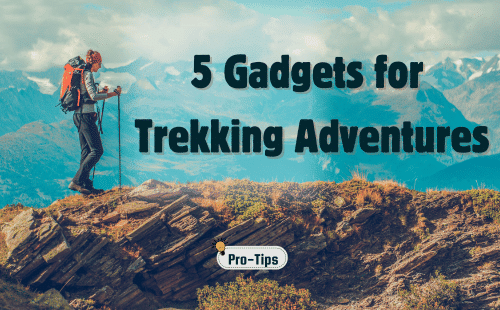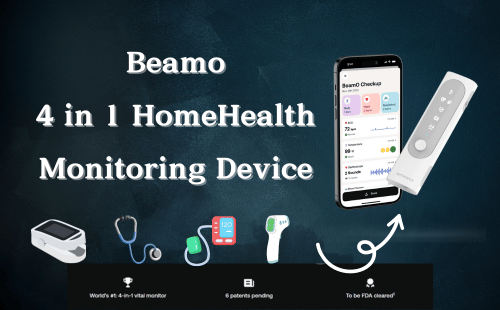SEO is key to driving traffic and visibility for any website. With HTML5 bringing exciting new semantic elements and features, there are many opportunities to optimize sites for better search indexing and SERP rankings. In this comprehensive guide, we’ll explore practical tips and methods for leveraging HTML5 to boost your website’s SEO.

Optimize Page Titles
The title tag (or <title> element) is one of the most crucial tags for SEO, appearing prominently in search results. For HTML pages, include a unique title that accurately represents the page content. The title should be descriptive, compact and under 60 characters. Here’s an example:
<title>Helper Online Education Website | Upskilling Courses for any Budget</title>Leverage Headings and Subheadings
Headings (H1 to H6 elements) bring structure and hierarchy to your content. Search engines analyze them to understand the topic and important keywords/phrases on a page. Ensure headings:
- Concisely describe section content
- Use relevant keywords where suitable
- Only have 1 H1 tag (most important heading)
- Progress in logical order using proper outline structure
Here’s an example with semantic section elements:
<header> <h1>E-Learning Tips and Tricks</h1> </header> <section> <h2>Setting up Your Home Office</h2> <h3>Get a Fast Internet Connection</h3> <p>...</p> </section>
*Highlight Keywords and PhrasesThe STRONG and EM elements allow emphasizing keywords without compromising readability:
<p>This digital <strong>marketing</strong> course teaches solid skills for <em>online advertising</em>.</p>The MARK tag highlights text of special relevance:
<p>The <mark>Python for Data Science module</mark> covers pandas, NumPy and more.</p>Use Semantic HTML5 Elements
Elements like HEADER, NAV, MAIN, FOOTER and ASIDE bring additional meaning and structure. Such tags help search engines understand page content areas and their relationships. For example:
<header> // Company logo, name and site navigation </header> <main> // Main page content goes here </main> <aside> // Related links and secondary content here </aside> <footer> // Copyright and some secondary links </footer>Optimize Images with ALT Text
Every image should have an ALT attribute with a short description and important keywords:
<img src="python-data-science.jpg" alt="Data science brought to you by Python">This allows search engines to understand and index images better.
Write Descriptive Link Text
Anchor text and link titles also impact SEO and click-through-rates. Use brief but descriptive phrases:
Learn more about <a title="SEO optimization guide" href="/seo-guide">search engine optimization</a>.Site Structure and Navigation
- A site map helps search engines more easily crawl all important pages
- An XML site map file provides direct info about pages to search engines
- Ensure a user-friendly site nav with text links to all key sections
- Set up 301 redirects for any moved or merged pages
For example, see this XML Sitemap Generator. Most CMS platforms have inbuilt sitemap options too.
Setup Social Meta Tags
Meta tags allow customizing how page links appear when shared on social media. This can improve click-through rates. For example:
<meta property="og:title" content="Awesome HTML5 Guide"> <meta property="og:description" content="Master HTML with our definitive guide"> <meta property="og:image" content="html5-guide.png">See this popular Meta Tags Generator tool.
Use Schema.org Markup
Schema provides vocabulary (microdata, JSON-LD) to describe entities like articles more precisely. Adding schema markup enhances search appearance and snippets.
For example:
<div itemscope itemtype ="https://schema.org/Article"> <h1><span itemprop="headline">Best Coding Practices</span></h1> <p><span itemprop="description">Simple methods to write quality code.</span></p> </div>See Google’s Structured Data Testing Tool and this schema generator.
Ensure Site Security
HTTPS encryption provides better security and trust to visitors. Most browsers label HTTP sites as less secure now. Migrating to HTTPS has SEO advantages as well:
- Google search rankings benefit – especially more weight for ranking signals like time on site
- Opportunity for HTTP/2 implementation which boosts performance
There are many low-cost options for adding SSL certificates to enable HTTPS access for your domain.
Optimize Page Load Speeds
Fast loading, high performance pages keep visitors engaged for longer periods. With Core Web Vitals becoming a key Google ranking factor, optimizing page speed is vital:
- Minify code and compress images
- Reduce HTTP requests with caching, image sprites
- Use CDNs to distribute assets faster
- Lazy load non-critical resources
- Remove render blocking scripts
- Streamline third party code
See PageSpeed Insights and WebPageTest for optimization insights.
Craft SEO in HTML5
Optimizing SEO should be an ongoing process. Assessing site search visibility, fixing technical glitches, adding rich content and monitoring latest search algorithm changes is key. Tools like Google Search Console provide data to refine efforts further.
With its emphasis on meaningful markup and metadata, HTML5 provides many built-in features to boost SEO success. Combining semantic HTML with good content and smart technical optimization is sure to drive more organic search traffic going forward.
I hope you found these practical SEO tips for leveraging HTML’s capabilities useful! Feel free to share any other optimization best practices in the comments below.







